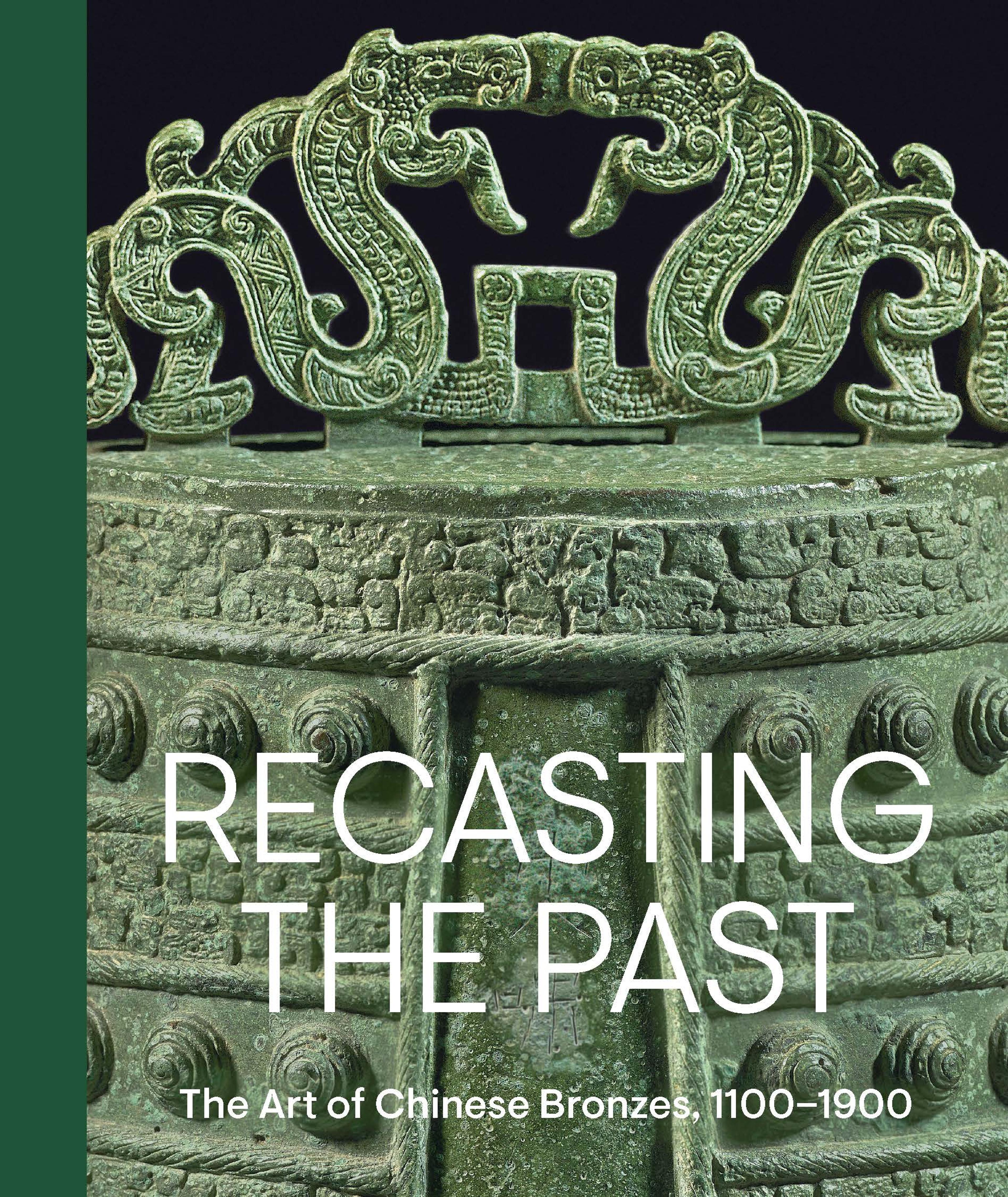Vase
This elegant vase has a pear-shaped body with a squarish section, supported on a short splayed foot. Two handles in the shape of animal masks are attached to the sides of its neck, which is embellished with a band of stylized dragons inlaid in silver. On both the front and reverse sides of the vase is a line of poetry by the Tang-dynasty poet Dou Chang (746–825), also inlaid in silver, which reads: Sweeping the snow to plant flowers in the spring; burning the incense to read the classics at night. On the other two sides are silver-inlaid images of an egret and a three-legged toad, which is a symbol of wealth. A two-character mark of Shisou is executed in silver inlay on the exterior of the bottom. The vase is covered with a warm brown patina that bears no trace of being buried underground. Originally, this vessel would have served as a vase for flowers or for holding tongs and spatulas for the practice of incense burning.
Artwork Details
- 清 石叟款銅錯銀絲詩文方壺
- Title:Vase
- Artist:Attributed to Shisou (Chinese, active 18th–19th century)
- Period:Qing dynasty (1644–1911)
- Date:18th–19th century
- Culture:China
- Medium:Copper alloy
- Dimensions:H. 5 1/4 in. (13.3 cm); W. 2 1/2 in. (6.4 cm); D. 2 5/16 in. (5.9 cm)
- Classification:Metalwork
- Credit Line:Purchase, Seymour Fund, Barbara and Sorrell Mathes Gift, and various donors, 2015
- Object Number:2015.273
- Curatorial Department: Asian Art
More Artwork
Research Resources
The Met provides unparalleled resources for research and welcomes an international community of students and scholars. The Met's Open Access API is where creators and researchers can connect to the The Met collection. Open Access data and public domain images are available for unrestricted commercial and noncommercial use without permission or fee.
To request images under copyright and other restrictions, please use this Image Request form.
Feedback
We continue to research and examine historical and cultural context for objects in The Met collection. If you have comments or questions about this object record, please contact us using the form below. The Museum looks forward to receiving your comments.
